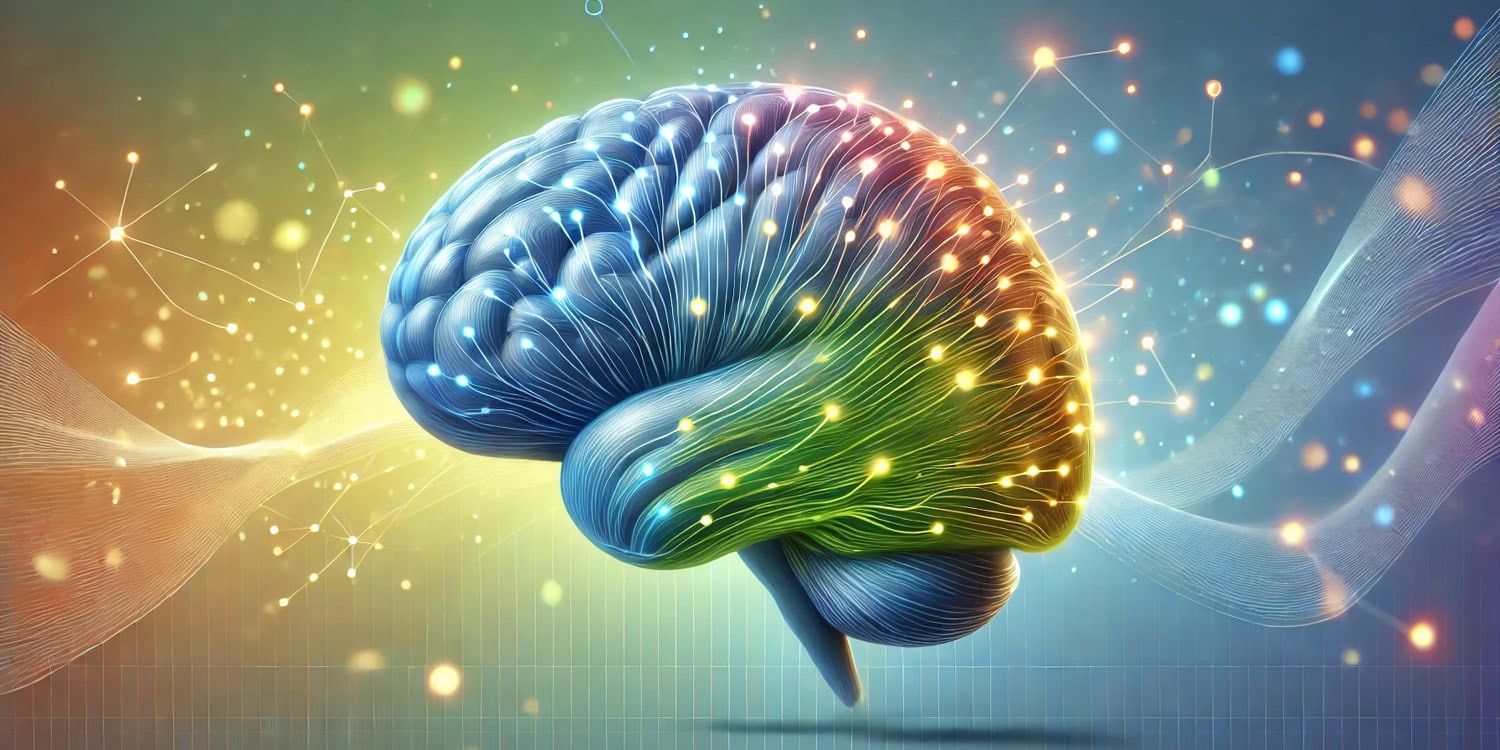A recent study published in Brain Research has shed light on how memory processes operate in individuals with varying levels of autistic traits, including those diagnosed with autism spectrum disorder (ASD). The research reveals that ultrafast memory consolidation—a process by which the brain stabilizes and enhances learning during brief pauses—functions similarly in neurotypical individuals and those with ASD. This finding highlights that both groups exhibit intact learning and memory dynamics, challenging assumptions that autism might alter these processes.
The authors of the new study aimed to deepen the understanding of how learning and memory processes operate, particularly the mechanisms that allow the brain to optimize and retain information.
“Our brains are constantly learning and processing information from the environment,” explained Dezső Németh of the Lyon Neuroscience Research Center at INSERM. “Based on this information, our brain constructs models of the world around us. We perceive our physical and social environment through these models. Memory consolidation plays a crucial role in this process and represents one of the most significant scientific challenges in cognitive psychology and neuroscience. How does memory consolidation work? What are its temporal properties?”
To explore these questions, the researchers examined how autistic traits might influence ultrafast memory consolidation, a process by which newly acquired information is stabilized within seconds or minutes of learning.
ASD is a neurodevelopmental condition marked by difficulties in social communication, restricted and repetitive behaviors, and sensory sensitivities. It exists on a spectrum, meaning individuals with autism can exhibit a broad range of abilities and characteristics. However, autistic traits—such as an intense focus on specific interests or heightened sensitivity to sensory input—are not exclusive to those diagnosed with ASD. These traits vary in intensity across the general population, forming a continuum rather than a binary distinction.
Memory consolidation refers to the process through which the brain transforms fragile, short-term memories into stable, long-term ones. This process often unfolds in two stages: online learning, which happens actively during practice, and offline learning, where the brain continues to process and solidify information during periods of rest or sleep. Traditionally, consolidation has been studied over longer timeframes, such as hours or days.
Ultrafast memory consolidation, however, focuses on stabilization processes that occur within much shorter intervals, such as seconds or minutes. This rapid consolidation is thought to involve neural replay, where the brain reactivates and strengthens recently encoded information during brief rest periods. In two separate studies, the researchers investigated ultrafast consolidation by measuring “micro offline gains,” or performance improvements during short rest periods between blocks of a learning task.
In the first study, 166 neurotypical adults participated, with varying levels of autistic traits assessed using the Autism Spectrum Quotient. In the second study, 22 adults diagnosed with ASD and 20 neurotypical controls were involved.
Participants completed a probabilistic learning task called the Alternating Serial Reaction Time task. This well-established task measures two types of learning: statistical learning and visuomotor performance. Statistical learning refers to the ability to detect and respond to patterns within a sequence of stimuli, while visuomotor performance captures overall improvements in reaction speed unrelated to pattern recognition.
During the task, participants were presented with a series of visual stimuli, each requiring a corresponding keyboard response. Unbeknownst to participants, some stimuli followed a predictable sequence, while others were random.
The results showed that participants, regardless of their level of autistic traits or ASD diagnosis, demonstrated significant learning and memory consolidation during the task. Both neurotypical individuals and those with ASD exhibited statistical learning, evidenced by faster reaction times for predictable sequences. Similarly, visuomotor performance improved as participants became quicker overall. Importantly, the extent of ultrafast memory consolidation during breaks, reflected in micro offline gains, did not differ based on autistic traits or ASD diagnosis.
“It is widely known, and often stated in textbooks, that memory consolidation takes a long time—typically 10–12 hours—and is frequently associated with the need for sleep,” Németh told PsyPost. “However, recent research has demonstrated that even a few seconds can play a critical role in memory consolidation. Taking several short breaks, as brief as one minute, during the learning process significantly enhances memory retention.”
“These short offline periods are very important because they allow efficient memory replay, which is one of the key mechanisms of memory. This phenomenon, so-called ultra-fast memory consolidation, remains intact in individuals with autism and in those who, while not diagnosed with autism, exhibit many of its characteristics. When a cognitive function is preserved, it provides a solid foundation for therapy or developmental training.”
A meta-analysis combining data from both studies confirmed the absence of significant group differences, further supporting the conclusion that ultrafast memory consolidation is intact in autism. This aligns with prior research indicating intact statistical learning and memory capabilities in autism.
“This finding is not entirely surprising, but it is important to highlight,” Németh explained. “In this research, we adopted a more modern approach—the so-called spectrum approach. Instead of using the traditional black-and-white perspective of comparing individuals diagnosed with ASD to those without a diagnosis, we measured hundreds of individuals from the general population, none of whom had a clinical diagnosis. The core idea of the spectrum view is that traits or symptoms can manifest to varying degrees in everyone. This approach enables us to more effectively investigate how autism-related traits influence cognitive function and to explore the factors underlying individual differences—something that is difficult to achieve with small clinical samples.”
Understanding ultrafast consolidation is important because it highlights how the brain continuously optimizes learning even during brief pauses, offering insights into the temporal dynamics of memory formation.
“The long-term goal is to understand precisely when learning occurs—during practice sessions or, rather, in the breaks between practice sessions during short offline periods,” Németh said. “In reality, learning happens during both, but there are significant individual differences. Various personality traits, clinical conditions, and symptoms can influence these learning processes. The key question is: what determines, or what factors influence, when we are more likely to engage in learning?”
The study, “Intact ultrafast memory consolidation in adults with autism and neurotypicals with autism traits,” was authored by Cintia Anna Nagy, Flóra Hann, Bianka Brezóczki, Kinga Farkas, Teodóra Vékony, Orsolya Pesthy, and Dezső Németh.




